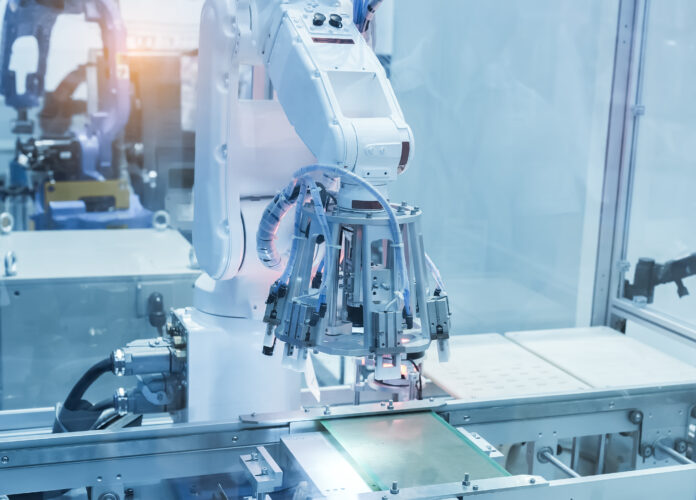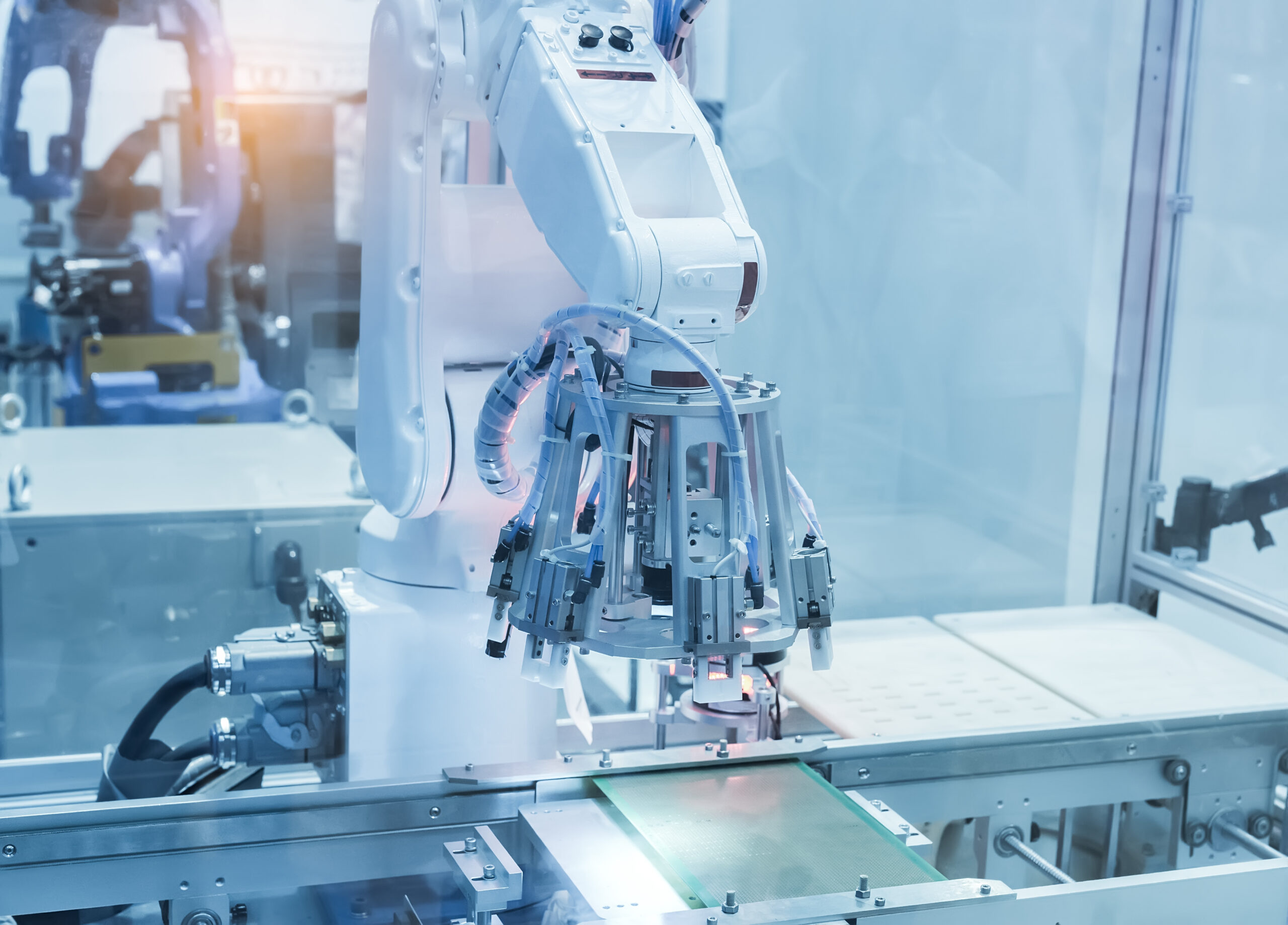Semiconductors are the building blocks of modern technology. They can be found in smartphones, laptops, gaming devices, planes, automobiles, sustainable energy technology, and a plethora of other equipment and items.
However, in the semiconductor sector, it has primarily been external pressure that has pushed the industry to learn more about the environmental impacts of its products (Villard et al., 2015). This pattern remains consistent until today, as investors consider global warming and other environmental implications as potential dangers to their investments and are placing direct pressure on the business.
A key step to reduce impact is to be able to measure the impact. Life Cycle Assessment (LCA) is a well-recognized methodology to assess environmental impacts through a product’s life, from raw material extraction to end of life.
Where does the problem lie?
Semiconductor chips are among the many components that make up the (Information and Technology) IT infrastructure that are most resource-intensive to produce, as well as the most difficult to characterize for the purposes of life cycle assessment. While the environmental impacts of a wire or a pen may be estimated using simply their masses and material kinds, the impacts connected to a semiconductor chip are not effectively reflected by the actual substance of the device. While the water and chemicals needed to make a logic chip weigh many kilos, the chip itself may weigh only a few grams.
In many LCA studies of electronics, the lack of LCA data for semiconductor chips has been noted as an important topic for future work and the need for a more detailed and transparent life-cycle inventory for semiconductor products has been noted previously (Boyd, 2012; Deng & Williams, 2008; Krishnan et al., 2014; Kuo et al., 2022; Pirson et al., 2023).
Furthermore, for semiconductor enterprises, integrating Greenhouse gas (GHG) reduction into their energy efficiency strategies is an important topic. Hence, most enterprises today report on Scope 1 emissions (direct emissions from owned or controlled sources) and Scope 2 emissions (indirect emissions from the generation of purchased electricity, steam, heating, and cooling consumed by the reporting company). Over the past few years, however, attention has shifted to Scope 3 emissions (emissions from the corporate value chain) because the largest proportion of GHG emissions accrues upstream and downstream in the value chain.
Challenges
- The relatively short development cycle and rapid technology change in design and manufacturing make assessment of existing chips obsolete in just a few years (Kuo et al., 2022; Mullen & Morris, 2021).
- IC manufacturing is also highly complex, involving hundreds of chemicals and dozens of different types of process steps, combined in a process flow which typically includes hundreds of steps (Boyd, 2012; Krishnan et al., 2008; Kuo et al., 2022).
- Intellectual property issues also plague data collection, as semiconductor manufacturers consider process recipes to be their most valuable intellectual assets, chemical suppliers often keep the formulations of process chemicals trade secrets, and emissions measurement is time-consuming and requires specialized equipment and methods (Plepys, 2004).
- Usually, impacts related to the production phase are rarely accessible for researchers (Pirson et al., 2023), which leads to a lack of up-to-date data for modelling the environmental impact (Clément el al., 2020).
- Scope 3 emissions reporting is a complicated challenge for most enterprises. This is especially true for more complex products such as semiconductors. It is extremely difficult to allocate CO2 emissions from the supply chain in such a way that a customer, such as Intel, can estimate its portion of the impact from the manufacture of a material that is also used by other customers (Kuo et al., 2022).
Manufacturing
The manufacturing process of semiconductors involves various stages that include wafer fabrication, packaging, testing, and assembly, which contribute to the environmental impact. During the wafer fabrication process, energy-intensive equipment is used to etch and deposit materials onto silicon wafers. This process requires large amounts of water, chemicals, and gases, which can be harmful to the environment if not handled correctly. The packaging, testing, and assembly stages also require energy and resources, such as water, and plastics, leading to a significant carbon footprint. Furthermore, semiconductor manufacturing generates hazardous waste, such as heavy metals, acids, and solvents, which can harm the environment if not disposed of in the proper way. The semiconductor industry’s impact on the environment extends beyond its production processes, as the devices themselves often have a short lifespan and contribute to electronic waste. The growing demand for new and improved technology is accelerating this issue, leading to an increase in electronic waste and the depletion of natural resources.
In order to deal with this challenge, the Semiconductor Climate Consortium (SCC) was founded by the members of the 27th United Nations Climate Change Conference (COP) in Egypt on November 6th, 2022, with the goal of developing a strategy to make semiconductors more sustainable. SCC members span the full semiconductor value chain. Moreover, the SCC is working to coordinate technological advancements in the chipset supply chain to reduce harmful emissions, with the aim of achieving zero emissions in the industry by the end of 2050 and will publicly report progress and Scope 1, 2 and 3 emissions annually (visit semi.org website for all news).
In the Fraunhofer lighthouse project NeurOSmart, five Fraunhofer institutes (ISIT, IPMS, IMS, IWU, IAIS) are pooling their technical expertise and researching together on a new high-performance sensor system, where AI-supported pre-processing and a new type of high-performance, analog-neuromorphic, ultra-low-power in-memory accelerator chip are combined. Here, one of the tasks Fraunhofer IWU is working on is the ecological assessment of the overall system.
Have we piqued your interest? Further information about the NeurOSmart project and the consortium can be found on the Fraunhofer homepage or in this blog article.
Picture: © asharkyu/Shutterstock
References
Boyd, S. B. (2012). Life-cycle assessment of semiconductors. Springer.
Boyd, S. B., & Dornfeld, D. A. (2013). Semiconductor Manufacturing. In D. A. Dornfeld (Ed.), SpringerLink Bücher. Green manufacturing: Fundamentals and applications (pp. 153–178). Springer. https://link.springer.com/chapter/10.1007/978-1-4419-6016-0_7#citeas
Clément, L.‑P. P.‑V., Jacquemotte, Q. E., & Hilty, L. M. (2020). Sources of variation in life cycle assessments of smartphones and tablet computers. Environmental Impact Assessment Review, 84, 106416. https://doi.org/10.1016/j.eiar.2020.106416
Deng, L., & Williams, E. D. (2008). Measures and trends in energy use of semiconductor manufacturing. In IEEE International Symposium on Electronics and the Environment, 2008. ISEE 2008 (pp. 1–6). IEEE / Institute of Electrical and Electronics Engineers Incorporated. https://doi.org/10.1109/ISEE.2008.4562888
Krishnan, N., Boyd, S. B., Rosales, J., Dornfeld, D. A., Raoux, S., & Smati, R. (2004). Using a hybrid approach to evaluate semiconductor life cycle environmental issues a case study in interconnect module impacts. In IEEE International Symposium on Electronics and the Environment, 2004 (pp. 86–90). IEEE Operations Center. https://doi.org/10.1109/ISEE.2004.1299693
Krishnan, N., Williams, E. D., & Boyd, S. B. (2008). Case studies in energy use to realize ultra-high purities in semiconductor manufacturing. In IEEE International Symposium on Electronics and the Environment, 2008. ISEE 2008 (pp. 1–6). IEEE / Institute of Electrical and Electronics Engineers Incorporated. https://doi.org/10.1109/ISEE.2008.4562913
Kuo, T.‑C., Kuo, C.‑Y., & Chen, L.‑W. (2022). Assessing environmental impacts of nanoscale semiconductor manufacturing from the life cycle assessment perspective. Resources, Conservation and Recycling, 182, 106289. https://doi.org/10.1016/j.resconrec.2022.106289
Mullen, E., & Morris, M. A. (2021). Green Nanofabrication Opportunities in the Semiconductor Industry: A Life Cycle Perspective. Nanomaterials (Basel, Switzerland), 11(5). https://doi.org/10.3390/nano11051085
Pirson, T., Delhaye, T. P., Pip, A., Le Brun, G., Raskin, J.‑P., & Bol, D. (2023). The Environmental Footprint of IC Production: Review, Analysis and Lessons from Historical Trends. IEEE Transactions on Semiconductor Manufacturing, 1. https://doi.org/10.1109/TSM.2022.3228311
Plepys, A. (2004). The environmental impacts of electronics. going beyond the walls of semiconductor fabs. In IEEE International Symposium on Electronics and the Environment 2004 (pp. 159–165). IEEE Operations Center. https://doi.org/10.1109/ISEE.2004.1299707
Villard, A., Lelah, A., & Brissaud, D. (2015). Drawing a chip environmental profile: environmental indicators for the semiconductor industry. Journal of Cleaner Production, 86, 98–109. https://doi.org/10.1016/j.jclepro.2014.08.061


















Kommentare hinzufügen